Home>Furniture & Design>Interior Design Trends>What Is Monolithic Glass
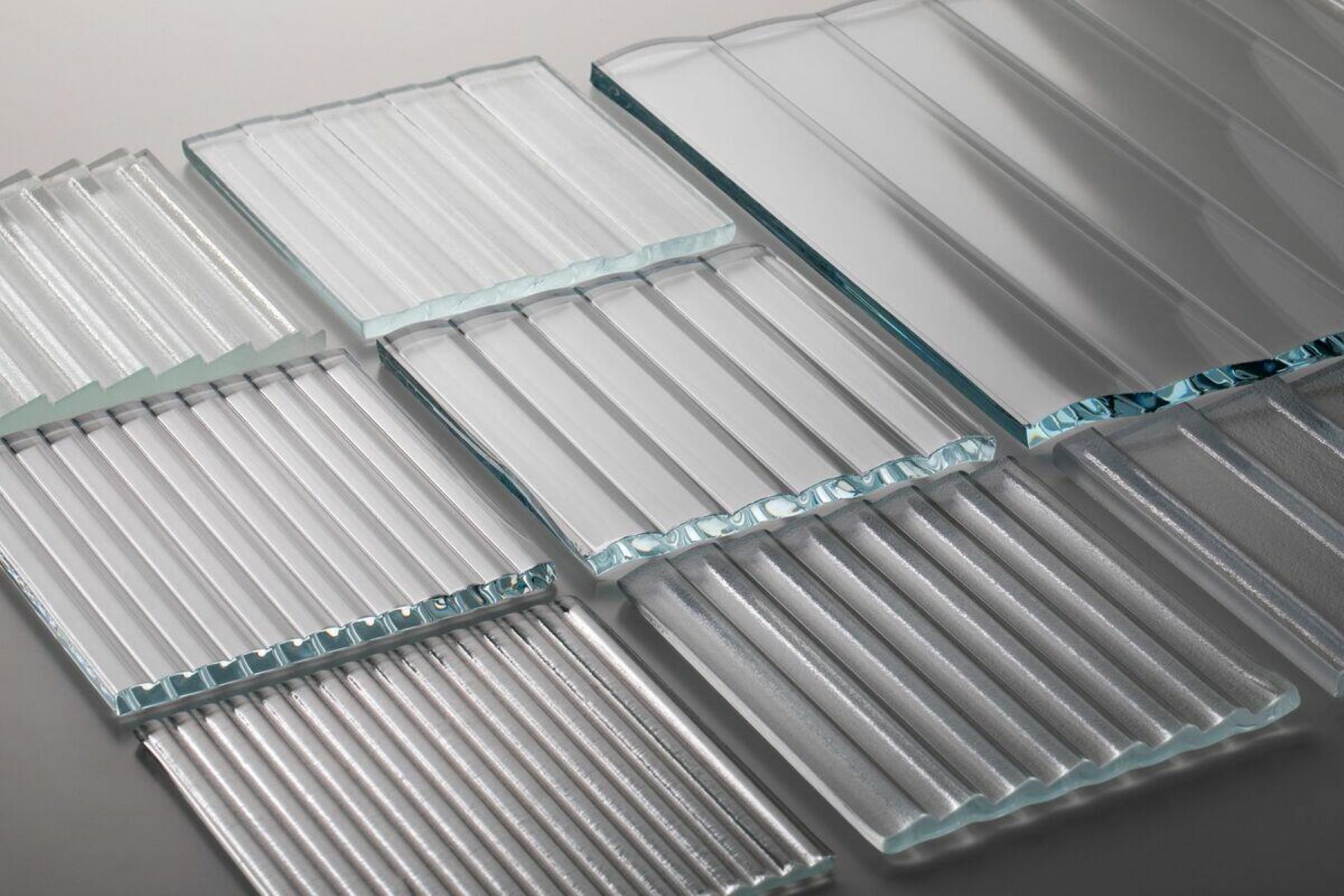

Interior Design Trends
What Is Monolithic Glass
Modified: February 18, 2024
Discover the latest interior design trend with monolithic glass. Learn how this innovative material can elevate your space and create a modern, sleek aesthetic. Explore the possibilities of monolithic glass in interior design today!
(Many of the links in this article redirect to a specific reviewed product. Your purchase of these products through affiliate links helps to generate commission for Storables.com, at no extra cost. Learn more)
Introduction
Monolithic glass is a versatile and innovative material that has revolutionized the world of architecture and interior design. Its unique properties and aesthetic appeal have made it a popular choice for a wide range of applications, from residential homes to commercial buildings and public spaces. This article will explore the various aspects of monolithic glass, including its definition, types, properties, applications, and advantages and disadvantages.
The beauty and functionality of monolithic glass have captured the imagination of designers and homeowners alike, offering a seamless blend of elegance and practicality. As we delve into the world of monolithic glass, we will uncover its diverse applications and the ways in which it has transformed the way we perceive and interact with architectural spaces. Let's embark on a journey to discover the fascinating realm of monolithic glass and gain a deeper understanding of its significance in contemporary design and construction.
Key Takeaways:
- Monolithic glass is a versatile, durable, and transparent material that enhances natural light, creates visually striking design elements, and fosters a sense of openness and connectivity in architectural spaces.
- While monolithic glass offers aesthetic versatility, durability, and safety options, it may have limitations related to thermal insulation, glare, breakage, and maintenance requirements, requiring strategic design and material selection.
Read more: What Is A Glass Eye
Definition of Monolithic Glass
Monolithic glass, often referred to as single-pane glass, is a type of glass that is produced from a single, uniform piece of material. Unlike traditional multi-layered glass structures, monolithic glass is crafted from a single sheet, offering a seamless and unbroken surface. This glass is manufactured through a meticulous process of melting, shaping, and cooling, resulting in a solid and homogeneous sheet with consistent thickness throughout.
The production of monolithic glass involves carefully controlling the cooling process to ensure uniformity and strength. This meticulous manufacturing process contributes to the durability and reliability of monolithic glass, making it a popular choice for various architectural and design applications.
One of the defining characteristics of monolithic glass is its transparency, allowing natural light to permeate through spaces and create an open and airy ambiance. This feature makes it an ideal choice for architectural elements such as windows, doors, and partitions, where the infusion of natural light is desired.
Furthermore, monolithic glass can be customized to meet specific design requirements, offering versatility in terms of size, shape, and finishing. Whether it's for sleek and modern facades or elegant interior partitions, monolithic glass provides designers with a canvas to explore creative possibilities and bring their visions to life.
In essence, monolithic glass embodies the essence of simplicity and sophistication, offering a timeless appeal that seamlessly integrates with diverse architectural styles. Its clarity, uniformity, and adaptability make it a fundamental element in contemporary design, enriching spaces with a sense of openness and luminosity.
As we continue to explore the world of monolithic glass, we will uncover its various types, properties, applications, and the advantages and disadvantages it presents in the realm of interior design and architecture.
Types of Monolithic Glass
Monolithic glass encompasses a diverse range of types, each tailored to specific functional and aesthetic requirements. Understanding the various types of monolithic glass is essential for selecting the most suitable option for a particular application. Here are some of the prominent types of monolithic glass:
-
Clear Monolithic Glass: This type of monolithic glass is characterized by its high transparency, allowing unobstructed passage of natural light. It is a popular choice for windows, doors, and architectural features where visibility and illumination are paramount. Clear monolithic glass creates a sense of openness and connectivity with the surrounding environment, making it an ideal option for modern and minimalist designs.
-
Tinted Monolithic Glass: Tinted monolithic glass is infused with color during the manufacturing process, offering enhanced solar control and privacy. The tinting process involves adding metal oxides to the glass composition, resulting in a range of hues such as bronze, gray, and blue. This type of monolithic glass is often used in commercial buildings, residential properties, and automotive applications to regulate light transmission and reduce glare.
-
Reflective Monolithic Glass: Reflective monolithic glass features a metallic coating that reflects a significant portion of incoming solar radiation. This type of glass is designed to minimize heat gain and glare, making it an energy-efficient choice for facades and windows in high-rise buildings and commercial structures. Reflective monolithic glass also imparts a sleek and modern aesthetic to architectural designs, enhancing visual appeal while optimizing thermal performance.
-
Low-E Monolithic Glass: Low-emissivity (Low-E) monolithic glass is engineered to minimize heat transfer while allowing abundant natural light to enter a space. It incorporates a thin, virtually invisible coating that reduces heat loss in cold climates and controls solar heat gain in warm climates. Low-E monolithic glass is widely utilized in energy-efficient building designs, contributing to improved thermal comfort and reduced energy consumption.
-
Patterned Monolithic Glass: Patterned monolithic glass features textured or embossed surfaces, adding visual interest and privacy while maintaining natural light transmission. This type of glass is commonly used in interior partitions, doors, and decorative applications, where it serves as a design element that enhances aesthetics and creates distinctive visual effects.
-
Acid-Etched Monolithic Glass: Acid-etched monolithic glass undergoes a chemical treatment process to create a frosted or translucent appearance. This type of glass offers enhanced privacy and diffused light transmission, making it suitable for applications such as shower enclosures, interior dividers, and decorative panels.
Each type of monolithic glass presents unique characteristics and benefits, catering to diverse design preferences and functional requirements. By understanding the distinctions among these types, designers and architects can make informed decisions to achieve their desired aesthetic and performance goals.
As we delve deeper into the realm of monolithic glass, we will explore its inherent properties and the wide-ranging applications that showcase its versatility and adaptability in architectural and interior design contexts.
Properties of Monolithic Glass
Monolithic glass exhibits a diverse array of properties that contribute to its widespread utilization in architectural and interior design applications. Understanding these properties is essential for comprehending the performance and potential of monolithic glass in various contexts.
-
Transparency: One of the most notable properties of monolithic glass is its exceptional transparency, allowing for the unimpeded passage of natural light. This property creates an open and luminous ambiance within interior spaces, fostering a seamless connection with the surrounding environment. The transparency of monolithic glass enhances visual continuity and promotes a sense of spaciousness, making it an ideal choice for architectural elements such as windows, doors, and partitions.
-
Durability: Monolithic glass is renowned for its durability and structural integrity. The manufacturing process ensures uniform thickness and strength, enabling it to withstand environmental stresses and mechanical loads. This property makes monolithic glass a reliable and long-lasting material for architectural applications, providing resilience against impact and weather-related factors.
-
Customization: Another key property of monolithic glass is its versatility in terms of customization. Designers and architects have the flexibility to specify the dimensions, shapes, and finishes of monolithic glass to suit their unique design requirements. This property enables the creation of tailored solutions for diverse architectural elements, empowering creative expression and design innovation.
-
Thermal Performance: Monolithic glass exhibits varying thermal properties based on its composition and coatings. Low-E monolithic glass, for instance, offers enhanced thermal insulation and solar control, contributing to energy efficiency and occupant comfort. This property is instrumental in promoting sustainable building practices and mitigating heat transfer, thereby reducing reliance on mechanical heating and cooling systems.
-
Sound Insulation: Certain types of monolithic glass possess sound-insulating properties, effectively attenuating external noise and creating acoustically comfortable environments. This property is particularly valuable in urban settings and commercial spaces, where noise reduction is essential for occupant well-being and productivity.
-
Safety and Security: Monolithic glass can be engineered to enhance safety and security through the incorporation of tempered or laminated options. Tempered monolithic glass exhibits increased strength and shatter resistance, while laminated monolithic glass retains its structural integrity even when fractured, providing protection against impact and intrusion.
-
Maintenance: Monolithic glass is relatively low-maintenance, requiring simple cleaning and upkeep to preserve its clarity and visual appeal. This property contributes to the long-term sustainability of architectural installations, minimizing the need for extensive maintenance interventions.
The diverse properties of monolithic glass underscore its adaptability and performance across a spectrum of architectural and interior design contexts. By leveraging these properties, designers can harness the inherent strengths of monolithic glass to realize compelling and enduring design solutions.
Applications of Monolithic Glass
The versatility and aesthetic appeal of monolithic glass render it a preferred choice for a myriad of architectural and interior design applications. Its seamless integration of functionality and visual allure has led to its widespread adoption in diverse settings, ranging from residential dwellings to commercial structures and public facilities.
Read more: What Is Glass Art
1. Architectural Glazing
Monolithic glass serves as a fundamental component in architectural glazing, encompassing applications such as windows, doors, curtain walls, and skylights. Its transparency and durability make it an ideal material for creating expansive glazed facades that invite natural light into interior spaces while establishing a strong visual connection with the outdoors. The use of monolithic glass in architectural glazing enhances the aesthetic appeal of buildings and contributes to a sense of openness and transparency.
2. Interior Partitions and Dividers
In interior design, monolithic glass finds extensive use in the creation of partitions, dividers, and enclosures. Its transparency and customizable dimensions enable the delineation of spaces without compromising visual continuity. Whether employed in office environments, hospitality settings, or residential interiors, monolithic glass partitions impart a sense of openness and spatial fluidity, fostering an environment of connectivity and collaboration.
3. Showcases and Display Units
The clarity and sleekness of monolithic glass make it an ideal material for showcases, display units, and exhibition installations. Its ability to showcase products and artifacts with unobstructed visibility elevates the presentation of merchandise in retail environments and museum displays. The use of monolithic glass in showcases accentuates the visual impact of the displayed items while maintaining a contemporary and refined aesthetic.
4. Decorative Features
Monolithic glass, particularly in patterned or acid-etched forms, serves as a versatile medium for decorative applications. From decorative panels and feature walls to artistic installations, monolithic glass adds an element of sophistication and visual intrigue to interior spaces. Its ability to diffuse light and create captivating visual effects enhances the ambiance of residential and commercial settings, contributing to a distinctive and refined interior aesthetic.
Read more: What Is Glass Fusing
5. Exterior Balustrades and Railings
The use of monolithic glass in exterior balustrades and railings enhances safety while preserving unobstructed views. Its robustness and resistance to environmental factors make it an ideal choice for balconies, terraces, and elevated walkways, where it provides a secure barrier without compromising the panoramic vistas. The incorporation of monolithic glass in exterior applications elevates the architectural appeal of buildings and promotes a seamless integration of indoor and outdoor spaces.
6. Furniture and Design Elements
Monolithic glass extends its influence to furniture design, where it is utilized in tabletops, shelving, and decorative elements. Its sleek and contemporary aesthetic complements modern interior schemes, adding a touch of elegance and sophistication to furniture pieces. The use of monolithic glass in furniture and design elements underscores its adaptability and capacity to infuse spaces with a sense of refinement and modernity.
The diverse applications of monolithic glass underscore its pivotal role in shaping architectural and interior design landscapes, offering a harmonious blend of functionality, aesthetics, and adaptability. From enhancing natural light penetration to creating visually striking design elements, monolithic glass continues to inspire innovative design solutions and elevate the spatial experience across a spectrum of environments.
Advantages and Disadvantages of Monolithic Glass
Monolithic glass presents a host of advantages that contribute to its widespread adoption in architectural and interior design, alongside certain limitations that warrant consideration in specific contexts.
Advantages
-
Transparency and Light Transmission: Monolithic glass's exceptional transparency allows for the unimpeded passage of natural light, creating bright and inviting interior spaces while reducing the need for artificial lighting during daylight hours. This property contributes to energy efficiency and enhances occupant well-being by fostering a connection with the outdoor environment.
-
Aesthetic Versatility: The ability to customize monolithic glass in terms of size, shape, and finishes enables designers to realize diverse aesthetic visions. From sleek and modern facades to intricate decorative elements, monolithic glass offers a canvas for creative expression and design innovation, enhancing the visual appeal of architectural spaces.
-
Durability and Structural Integrity: Monolithic glass is renowned for its durability and resilience, providing long-lasting performance in various environmental conditions. Its uniform thickness and strength make it a reliable choice for architectural glazing, partitions, and exterior applications, contributing to the longevity of building installations.
-
Thermal and Acoustic Properties: Certain types of monolithic glass, such as Low-E and sound-insulating variants, offer enhanced thermal comfort and noise reduction. These properties contribute to energy-efficient building designs and create acoustically comfortable environments, promoting occupant well-being and productivity.
-
Safety and Security Options: The incorporation of tempered or laminated monolithic glass enhances safety and security, mitigating the risk of breakage and intrusion. This feature is particularly valuable in high-traffic areas and applications where impact resistance is a priority, ensuring the protection of occupants and assets.
Read more: What Is A Glass Cutter
Disadvantages
-
Limited Insulation: Standard monolithic glass may exhibit limited thermal insulation properties, leading to heat loss in colder climates and heat gain in warmer climates. This can impact the energy performance of buildings, necessitating additional measures to address thermal inefficiencies.
-
Glare and Solar Heat Gain: In certain applications, the high transparency of monolithic glass may result in glare and excessive solar heat gain, leading to discomfort for occupants and increased reliance on cooling systems. Proper solar control strategies and coatings are essential to mitigate these effects.
-
Breakage and Fragmentation: While tempered and laminated options enhance safety, standard monolithic glass is susceptible to breakage, potentially resulting in sharp fragments. Careful consideration of safety measures and appropriate glass types is crucial to mitigate the risk of breakage-related hazards.
-
Maintenance Requirements: Monolithic glass may require regular cleaning and maintenance to preserve its clarity and visual appeal, particularly in high-traffic areas and exterior installations. The need for ongoing upkeep should be factored into the long-term maintenance considerations for architectural projects.
By weighing these advantages and disadvantages, designers and architects can make informed decisions regarding the incorporation of monolithic glass in their projects, ensuring that its benefits are maximized while addressing potential limitations through strategic design and material selection.
Conclusion
In conclusion, monolithic glass stands as a testament to the seamless fusion of functionality and aesthetics in the realm of architectural and interior design. Its exceptional transparency, durability, and versatility have positioned it as a cornerstone material, shaping the visual and experiential landscapes of built environments. From its diverse types, including clear, tinted, reflective, low-E, patterned, and acid-etched variations, to its inherent properties such as transparency, durability, and customization, monolithic glass offers a canvas for design innovation and creative expression.
The applications of monolithic glass span a broad spectrum, encompassing architectural glazing, interior partitions, showcases, decorative features, exterior balustrades, and furniture elements. Its ability to enhance natural light penetration, create visually striking design elements, and foster a sense of openness and connectivity underscores its pivotal role in shaping spatial experiences across residential, commercial, and public settings.
While the advantages of monolithic glass, including transparency, aesthetic versatility, durability, thermal and acoustic properties, and safety options, are compelling, it is essential to acknowledge its limitations. The potential challenges related to thermal insulation, glare, breakage, and maintenance requirements necessitate a strategic approach to material selection and design integration, ensuring that the benefits of monolithic glass are maximized while addressing its inherent constraints.
As the architectural and design industries continue to evolve, monolithic glass remains a timeless and indispensable element, offering a harmonious balance of form and function. Its enduring appeal and adaptability serve as a testament to its enduring relevance in contemporary design practices, inspiring architects, designers, and enthusiasts to explore new frontiers of creativity and innovation.
In essence, monolithic glass transcends its physical presence to become a symbol of luminosity, elegance, and design ingenuity, enriching the built environment with a sense of openness, sophistication, and visual allure. Its legacy as a transformative material continues to unfold, shaping architectural narratives and elevating the human experience within architectural spaces. With its timeless allure and enduring relevance, monolithic glass remains an emblem of design excellence and a testament to the enduring legacy of architectural materials.
Frequently Asked Questions about What Is Monolithic Glass
Was this page helpful?
At Storables.com, we guarantee accurate and reliable information. Our content, validated by Expert Board Contributors, is crafted following stringent Editorial Policies. We're committed to providing you with well-researched, expert-backed insights for all your informational needs.

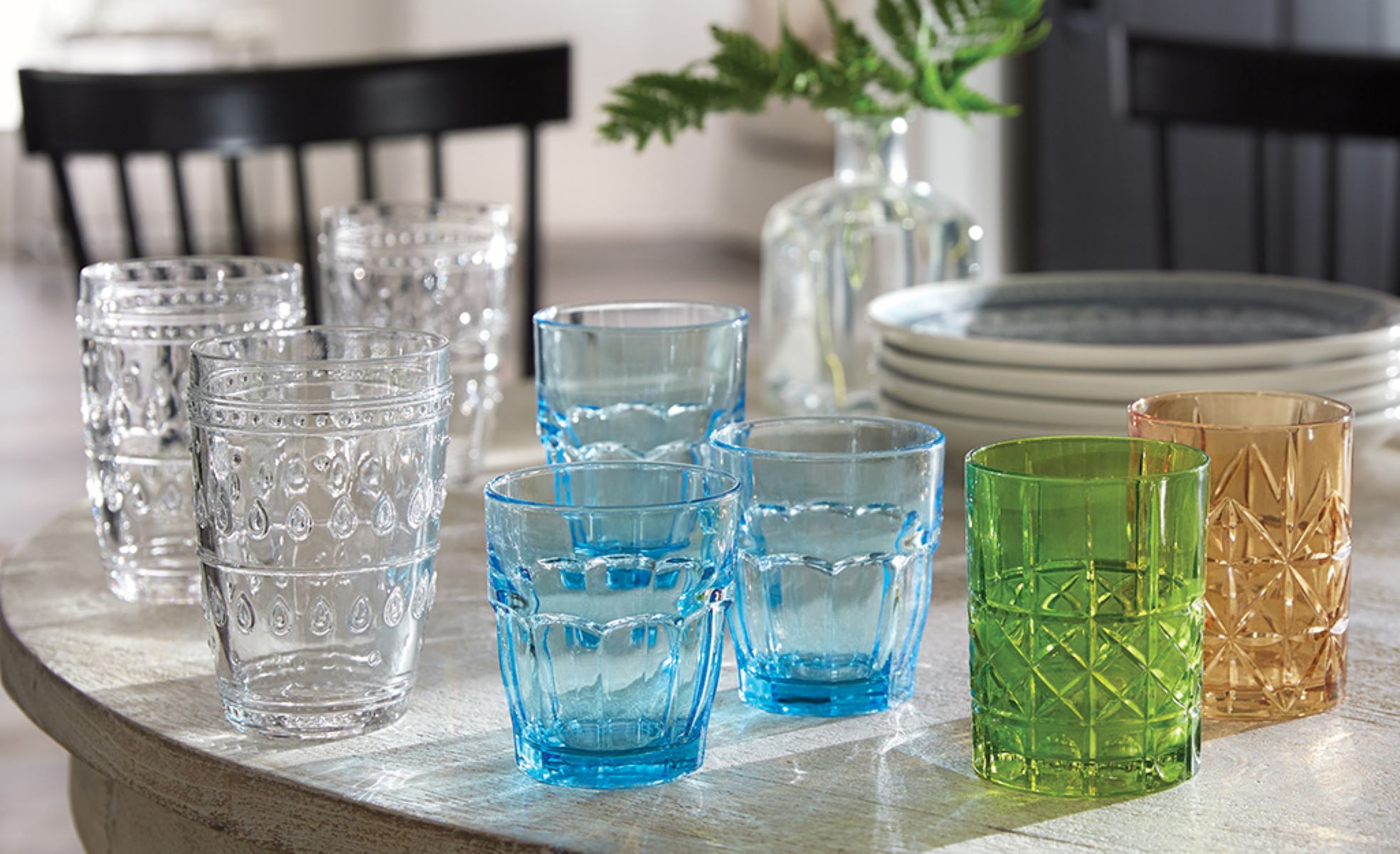
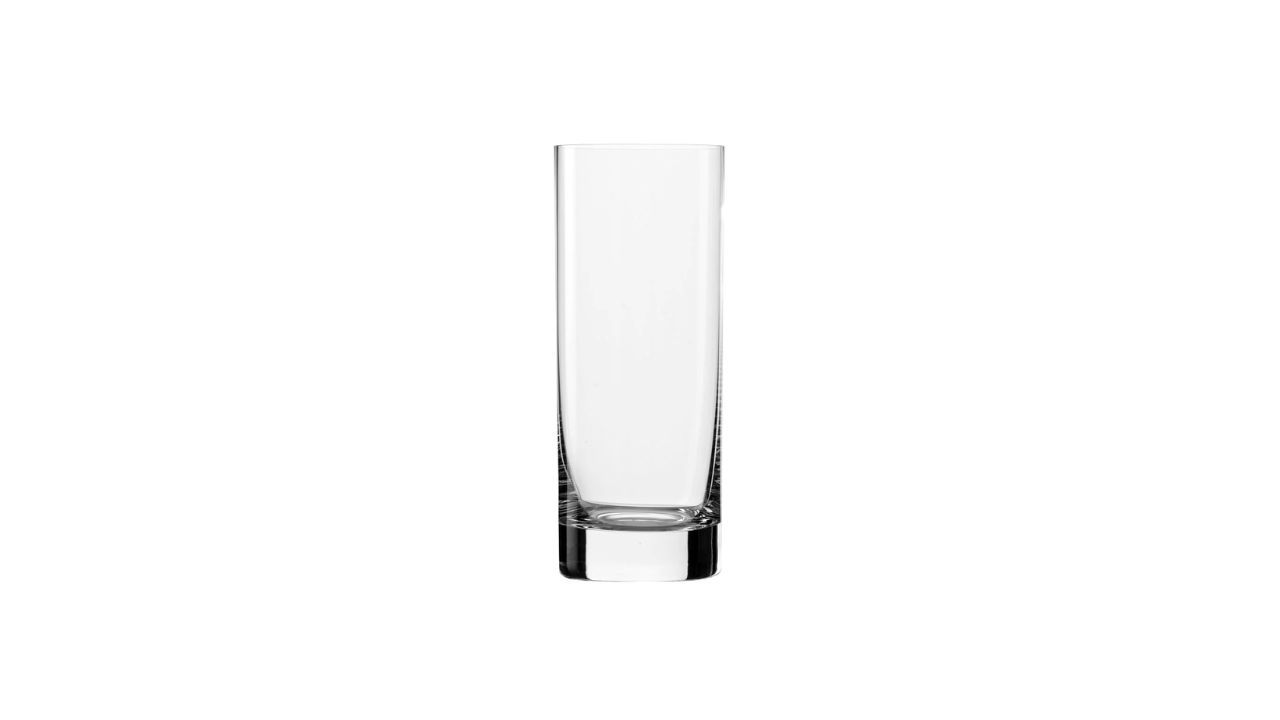
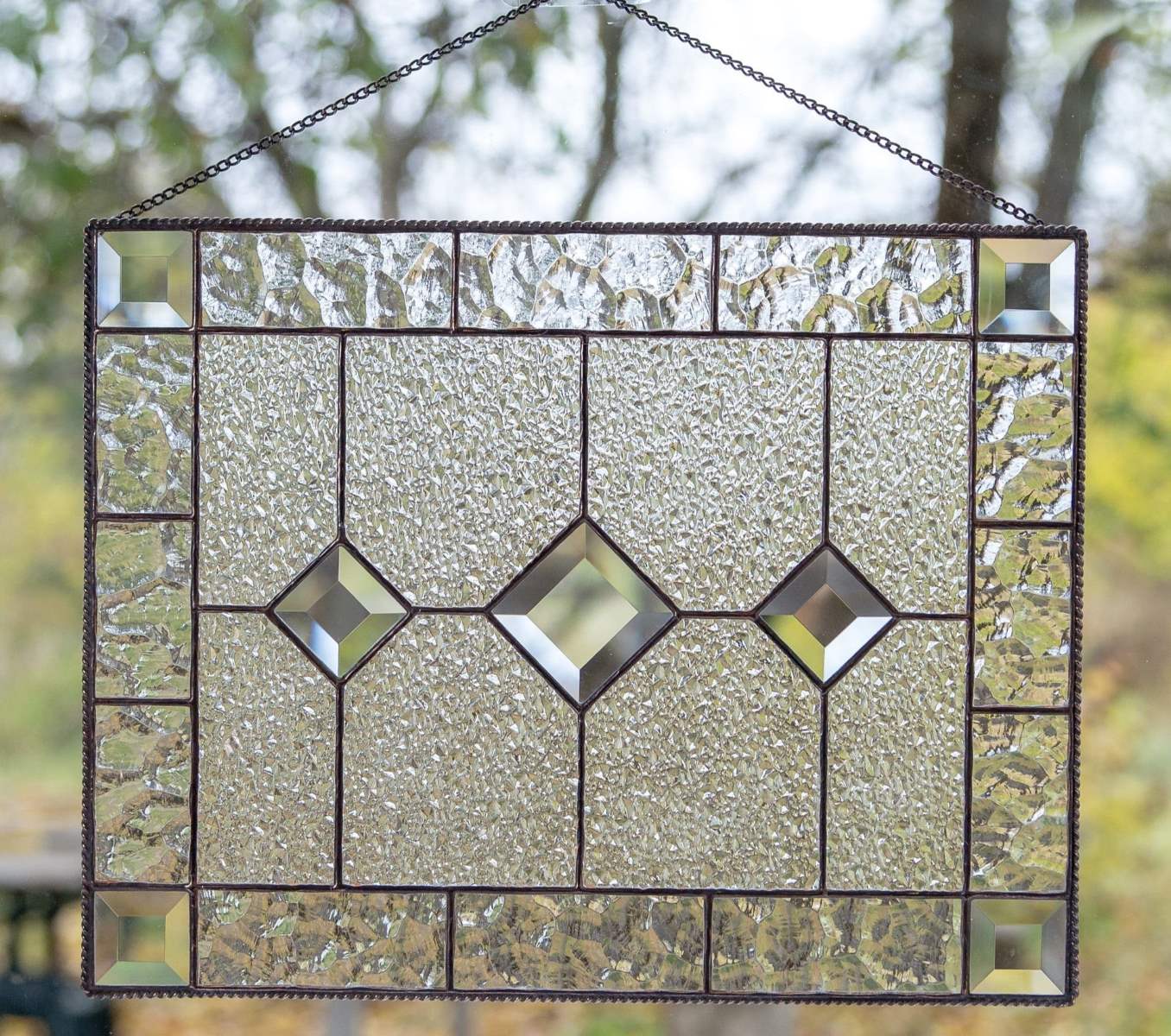



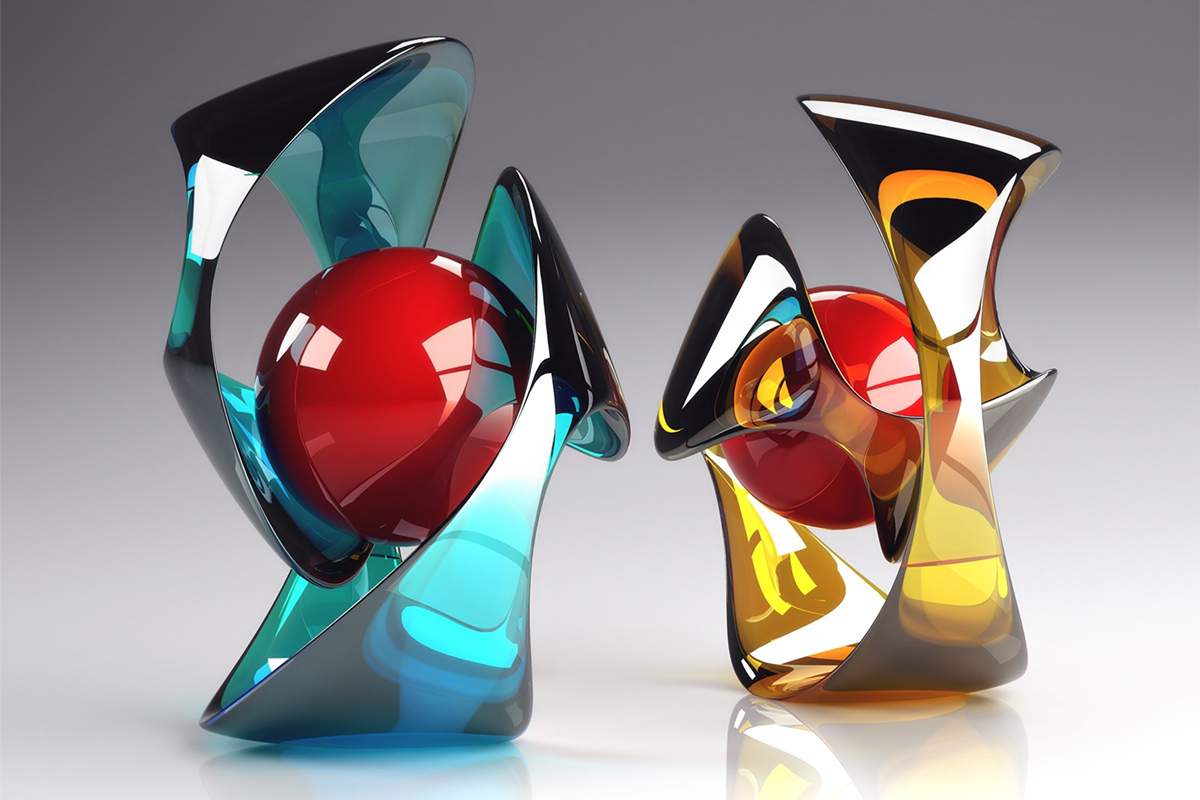
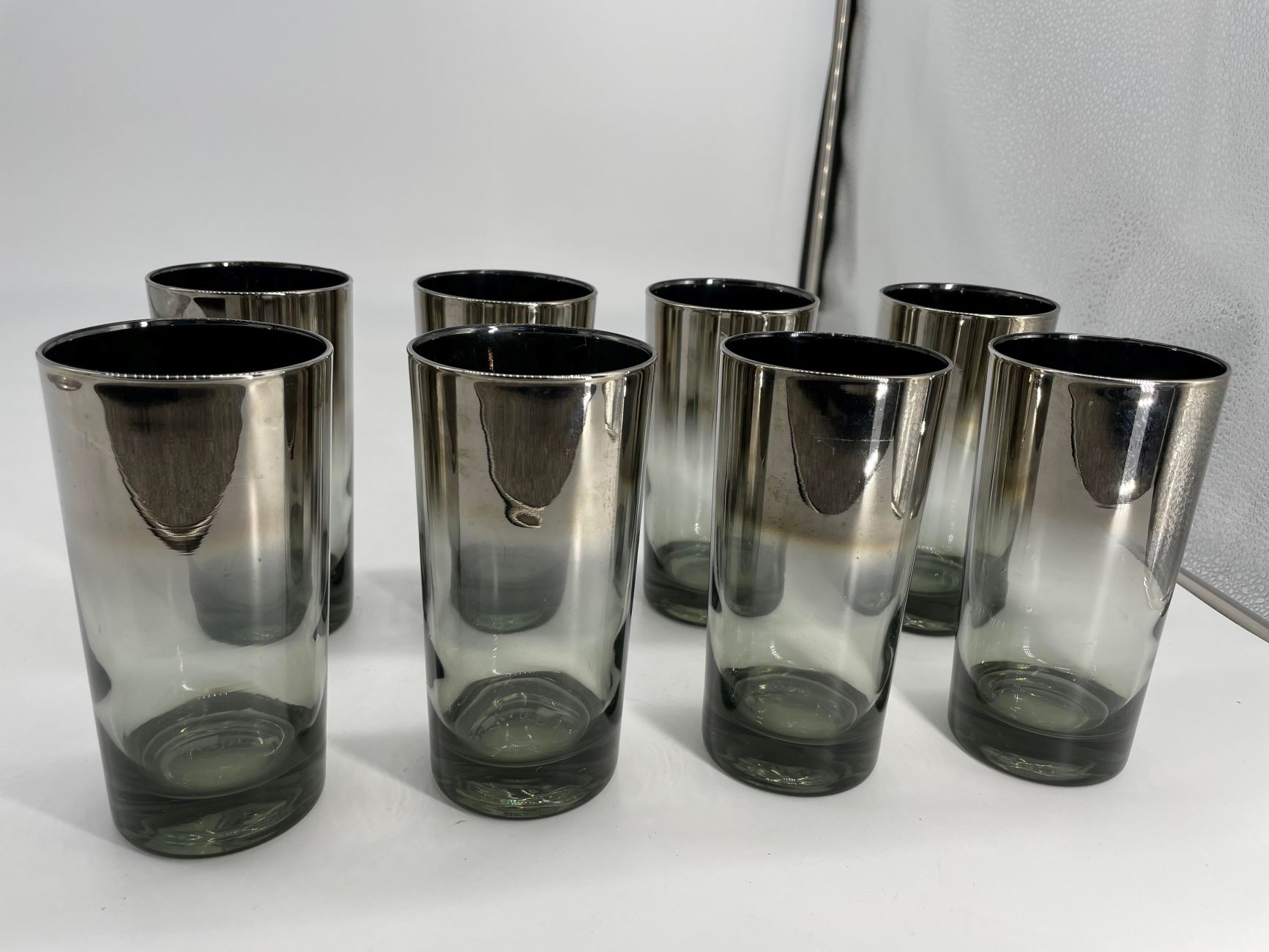

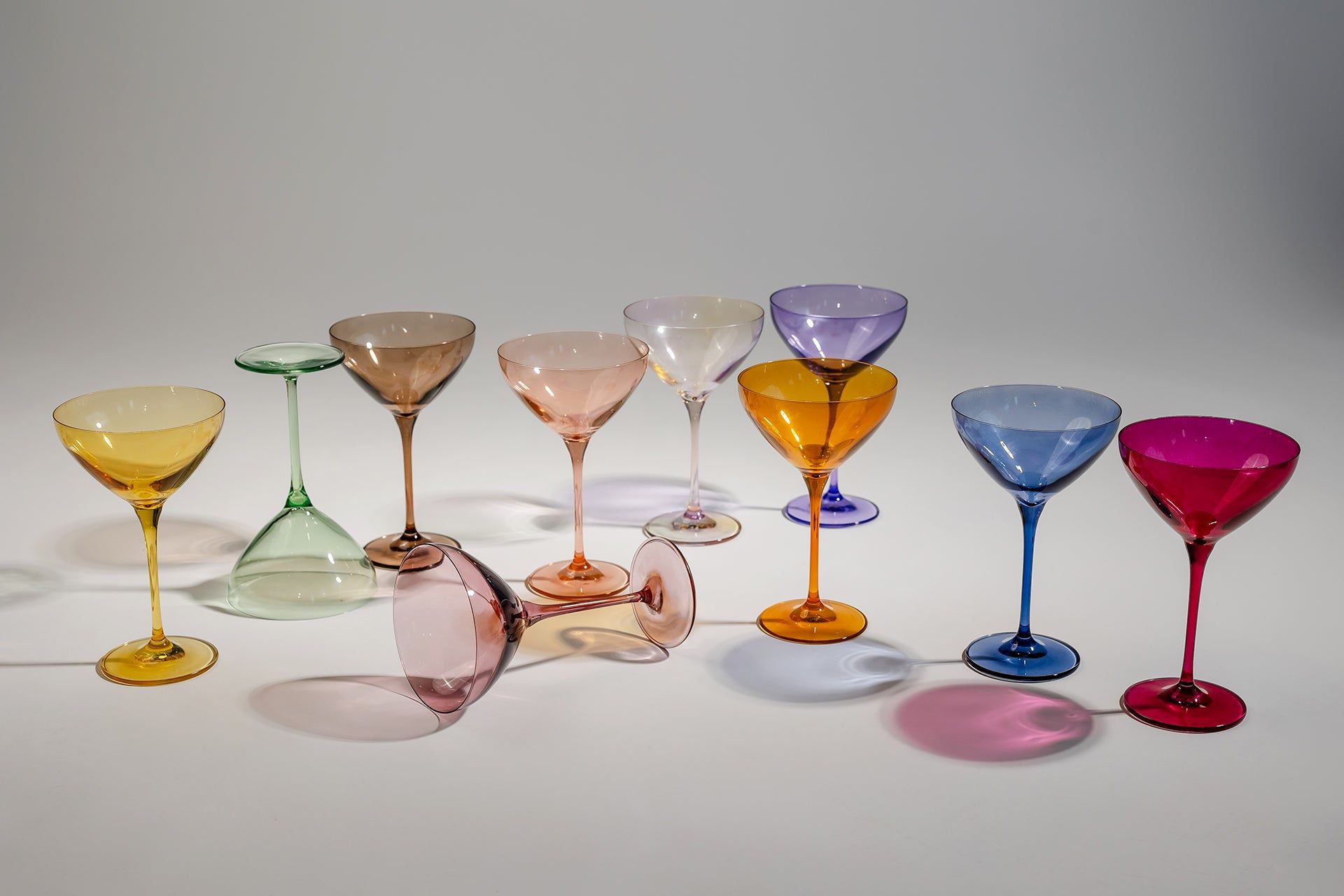


0 thoughts on “What Is Monolithic Glass”